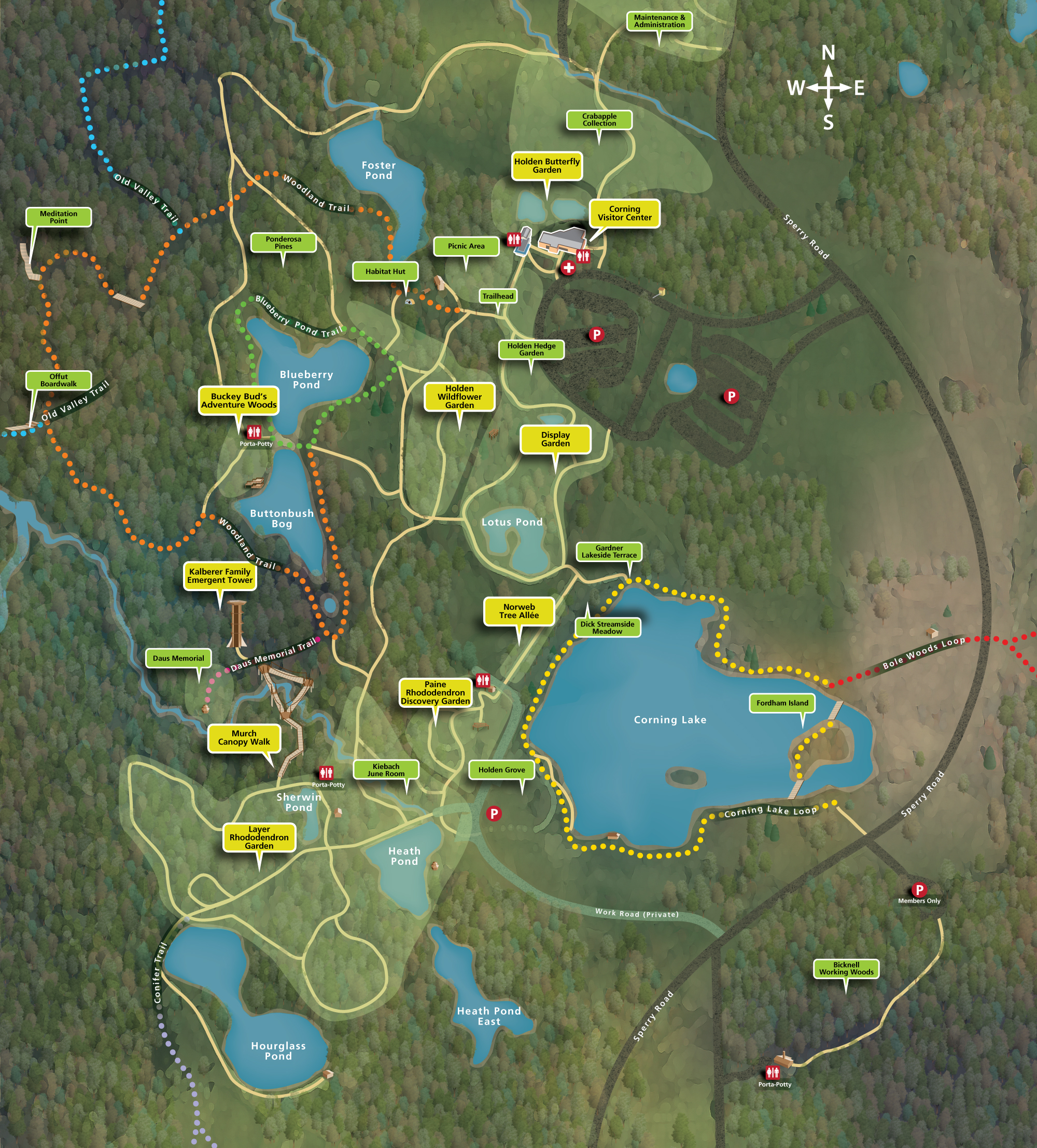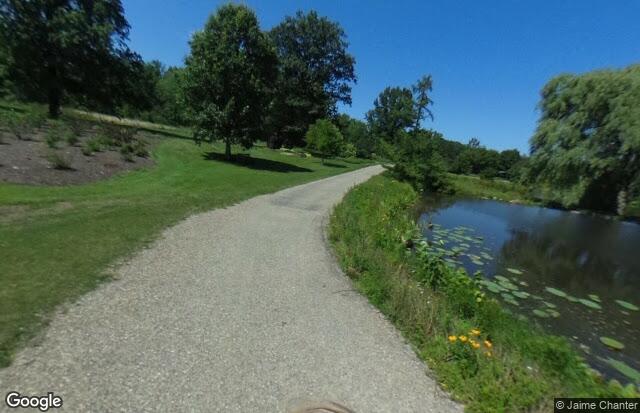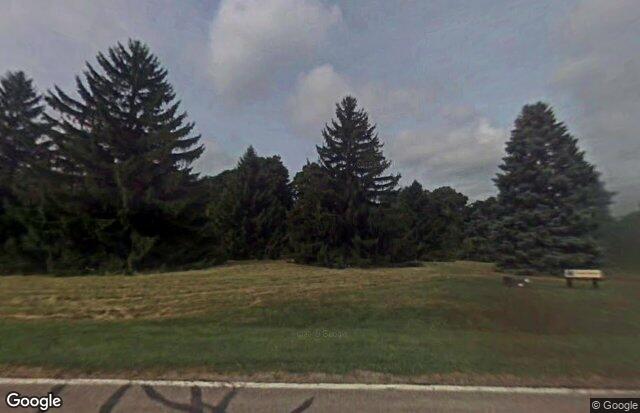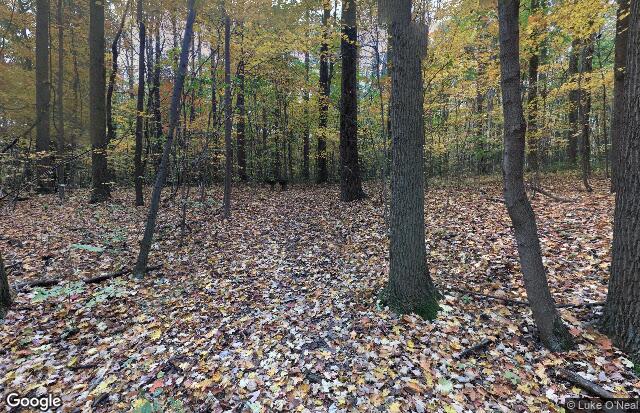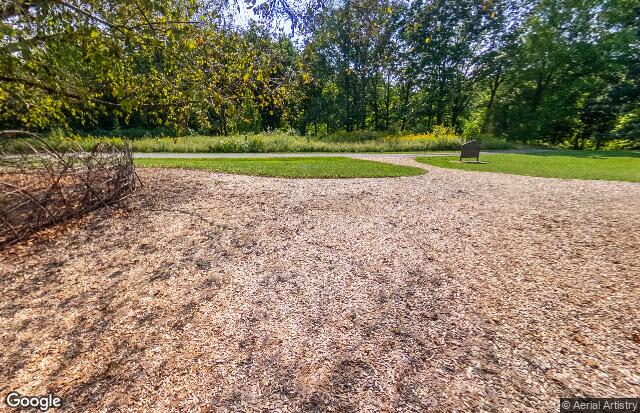
Holden Arboretum
Tips for Birding
There are locations at Holden Arboretum where access is restricted to those on guided tours or who have permits to enter the properties. Please, contact the Arboretum about access to these locations.
Lake County
Holden Arboretum–Fishermans Ponds (restricted access)
Holden Arboretum–Little Mountain (restricted access)
Holden Arboretum–Strong Acres (restricted access)
Holden Arboretum–Upper Baldwin (permit required)
Holden Arboretum–Carver Pond (restricted access)
Geauga County
Holden Arboretum–East Branch (restricted access)
Holden Arboretum–Lower Baldwin (permit required)
Holden Arboretum–Stebbins North (restricted access)
Holden Arboretum–Stebbins South (restricted access)
The Holden Arboretum encompasses roughly 4200 acres of which about 800 are cultivated. The rest are natural areas that represent some of the most diverse habitats in Ohio. This includes old-growth forest, hemlock-lined ravines, and a stand of native white pine. Also included here are lakes, ponds, and the East Branch of the Chagrin, a state wild and scenic river. More than 10 miles of well-marked trails are accessible to the public and guided tours are available in both the public and restricted access areas.
Since its inception, the Arboretum has been a place where birds have been welcome and where decisions about development and preservation have often considered the effect on birds as a part of the plan. Early visionaries involved in the creation of the Arboretum like B.P. “Pat” Bole Jr., and A. B. Williams, were well-known bird enthusiasts. Holden has played a significant role in maintaining the viability of several species of birds in Ohio. The Eastern Bluebird is now common in the area due to a repatriation program adopted at the Arboretum in the 1950s. It may come as a surprise, but Canada Geese were once uncommon to rare in the region. The current over-abundance of this species is the result of pioneering efforts to stop their further decline, in which the Arboretum took part. These efforts may now be considered a bit too successful. As suburban sprawl engulfs the Cleveland-Akron megalopolis (the 13th largest metropolitan area in the country) the Arboretum lands will increasingly provide irreplaceable, mature un-fragmented habitat for birds and other wildlife. As this continues, the Arboretum will increasingly become a large island in a sea of houses plopped in the middle of individual lots. While this type of development is the least risky and most profitable, it fragments the landscape. Although forests were not eliminated here, they have been cut into a patchwork to make room for single-family homes and suburban streets. Contrast this with the Arboretum, where you can literally walk for miles under an unbroken canopy. This mimics the landscape of Ohio prior to European settlement and agricultural development. It also provides a unique environment where bird life can flourish.
Since 1930, 218 species of birds have been identified at the Arboretum. Of these, roughly half are nesting species. The nesting species are of special interest because some are neotropical migrants. Additionally, some of Ohio’s rarest nesting species are found at the Arboretum. Little Mountain and the Hemlock-lined ravines of Pierson’s Creek Valley and Stebbins Gulch provide nesting habitat for Blue-headed Vireo, Black-throated Green Warbler, Canada Warbler, Blackburnian Warbler (perhaps Ohio’s rarest nesting species), Winter Wren, (whose wonderful musical trill can be heard in spring in Pierson’s Creek Valley from the easily accessible Highlights Trail) and Dark-eyed Junco. Cerulean Warblers nest along the flood plain of the East Branch of the Chagrin River. Yellow-throated Vireos are found in the canopy of the unfragmented forest. Less rare breeders, but still of interest, are Sharp-shinned Hawk, Red-shouldered Hawk, Acadian Flycatcher, Wood Thrush, Veery, Scarlet Tanager, Ovenbird, and Louisiana Waterthrush. The open areas and edges in the cultivated parts of the Arboretum provide nesting habitat for other birds including Eastern Bluebird and Bobolinks which come all the way from Argentina. Savannah Sparrows and Indigo Buntings also nest in these areas.
The best time to visit Holden is during the late spring and early summer when nesting species are on territory. Be aware that the site is very large and difficult to cover in one visit. Visitors from out of town will find it worthwhile to coordinate their visit with one of the walks in a restricted access area. Some of these walks are devoted specifically to birds.
Take I-90 to Mentor, Kirtland exit (#193), turn right onto OH-306 and continue on OH-306 to the bottom of the hill. Turn left onto OH-615. At the first traffic light, turn right on Kirtland-Chardon Road. Travel 3.6 miles to Sperry Road. Turn left on Sperry Road. Travel 1.4 miles, then turn left toward the Visitor Center.
There is an entry fee for non-members of the arboretum.
There is dangerous terrain in some of the natural areas of non-public access. Always inform someone at the visitor center if you plan to visit any of the remote, public-access areas as some of these areas are rarely visited or patrolled.
The most well-known birding location in Kirtland is the 3800-acre Holden Arboretum. This area has a list of 221 species which is impressive for an inland location in Ohio. Check the newly restored Corning Lake for waterfowl and bitterns. The canopy walk and emergent tower offer a very different perspective on birds from in and above the trees and great views of the surrounding forest. With a parking permit and directions available at the visitor center, you can walk along a vacated road, which follows the East Branch of the Chagrin River to find Louisiana Waterthrush and Cerulean Warblers. The rugged and challenging 3-mile hike along the Pierson’s Creek and Old Valley Trail will provide beautiful, pristine, forest landscapes, and spring wildflowers. Nesting Dark-eyed Juncos, Hooded Warblers, and possible Hermit Thrush are highlights of this natural area. If you don’t have the time for the hike, just check the gardens and ponds and you will find a good variety. The Rhododendron garden blooms in conjunction with peak spring migration and provides a visual feast. Holden began providing Bluebird nest boxes in the 1950s and the numbers of Eastern Bluebirds found in the central gardens area is sure to impress as well.
Holden Arboretum is a stop on the Lake Erie Birding Trail.
Birds of Interest
Winter
Northern Shrike, Sharp-shinned Hawk, Winter Finches (some years).
Spring
Migrant neotropical passerines.
Summer
Sharp-shinned Hawk, Red-shouldered Hawk, Blue-headed Vireo, Yellow-throated Vireo, Black-throated Green Warbler, Canada Warbler, Cerulean Warbler, Blackburnian Warbler, Winter Wren, Dark-eyed Junco. Also Acadian Flycatcher, Wood Thrush, Veery, Scarlet Tanager, Ovenbird, Louisiana Waterthrush. Eastern Bluebird, Bobolink, Savannah Sparrow, and Indigo Bunting.
About this Location
At Holden, cultivated gardens come alive with color in the spring, cool forest trails offer a respite from the summer heat, woodlands are set ablaze with rich hues of fall, and paths lead you deep into the beauty of the winter woods.
Named as an Important Bird Area by the Audubon Society, with more than 20 miles of hiking trails, Holden is a haven for bird watchers as well hikers, gardeners and nature enthusiasts.
Covering 3,600 acres, The Holden Arboretum is among the largest arboreta in the United States. Documenting more than 120,000 plants, Holden’s horticultural focus is on a recognized collection of trees and shrubs, which are displayed in gardens accompanied by groundcovers and perennials, and in themed collections. We collect and display a diversity of plants and trees for evaluation and educational purposes, in order to convey sustainable plant choices recommended for our region. By sustainable, we mean plants that are adapted to our soils and climatic extremes, free from chronic diseases and significant pests, and non-invasive of natural areas. Plants include rhododendrons, magnolias, maples, conifers, nut trees, wildflowers, lilacs, and viburnums. A visitor center, reference library, and picnic area are on the grounds. Holden connects people with nature for inspiration and enjoyment, fosters learning and promotes conservation.
Notable Trails
Holden Arboretum Trails
Bole Woods Loop (Red Trail) – 1.5 miles
A National Natural Landmark, visit this mature beech-maple forest. Access from the Corning Lake Loop.
Conifer Trail (Lavender Trail) – 1.5 miles
A meadow walk through our conifer collection. View stunning vistas and field nesting birds.
Corning Lake Loop (Yellow Trail) – 1.5 miles
Explore the shoreline of Corning Lake and Fordham Island.
Old Valley Trail (Blue Trail) – 2.8 miles, includes steep stairs
A rigorous hike through the Pierson Creek Valley and the Offutt Memorial Boardwalk.
Pierson Creek Loop – 1.9 miles, includes steep stairs
Walk beside the shifting creek channel that flows through a woodland filled with delicate wildflowers and ferns. Access from the Old Valley Trail.
Strong Acres Loop – .75 mile
Explore the meadows for field nesting birds. Access from the Old Valley Trail.
Woodland Trail (Orange Trail) – 1.5 miles
A self-guided journey through the woods. Pick up a brochure at the Corning Visitor Center or at the start of the trail. Stop and relax at Meditation Point along the way.
Descriptions with maps of hikes at the Holden Arboretum are on the AllTrails website
Features
Restrooms on site
Content from Official Website, Ohio Ornithological Society, and Birding Lake County’s Often Overlooked Birding Hotspots by Haans Petruschke
